We spent our sixth and seventh days learning about the agriculture of the Bolivian Amazon, and we kept coming across what our guide, Daniel, called "the most important palm tree" of the region, the motacu palm. This diary is a collection of pictures and information about the motacú palm and its many uses.
My trip was organized by Global Exchange and Food First. You can find out about future Food Sovereignty tours at the link.
The motacú palm, which I believe is Attalea phalerata, is found in both Bolivia and Brazil. The motacú resists burning, so it's very common to see charred landscapes with nothing but motacús left standing in the Amazon, or green pastures full of cows that are dotted with motacú trees.
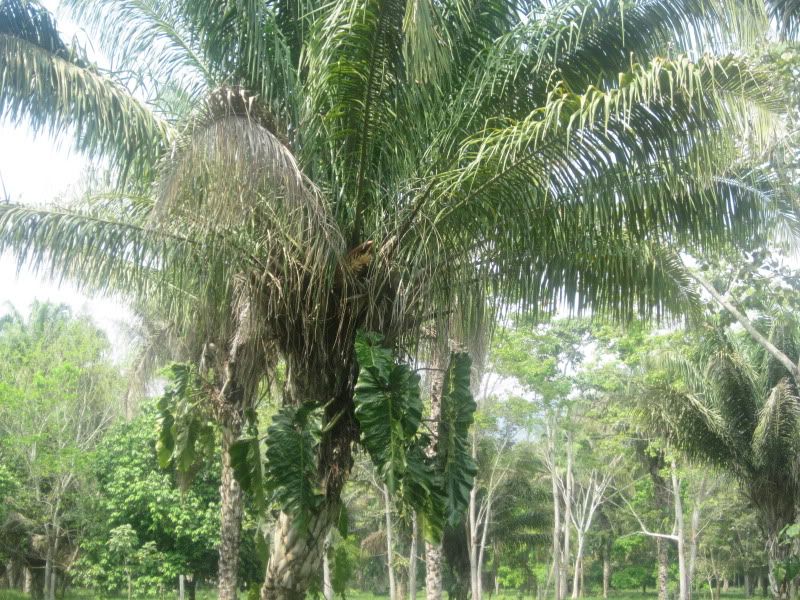
A motacú palm
To start with, the motacú produces a fruit:
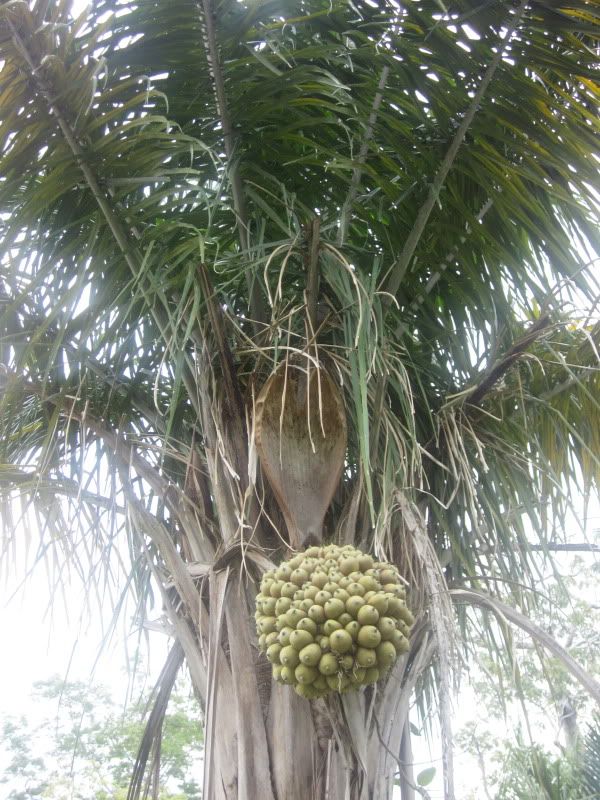
A motacú with fruit
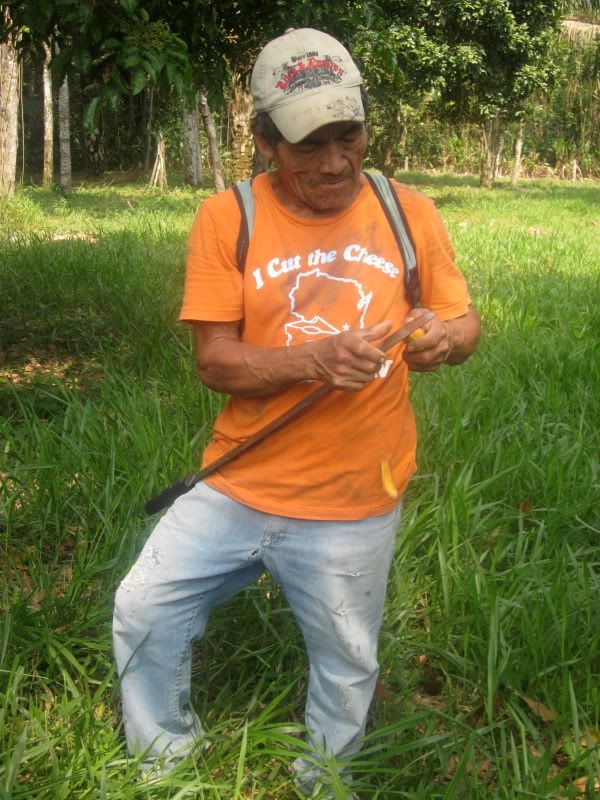
Peeling the fruit
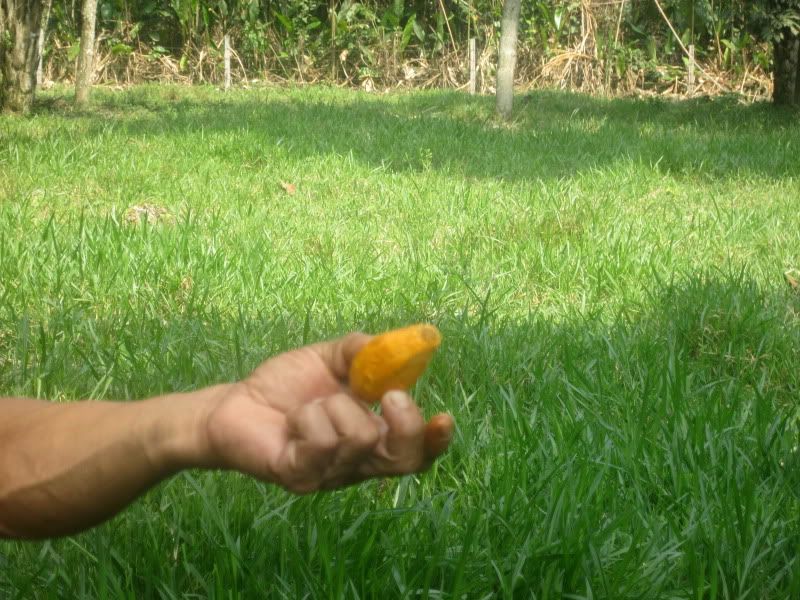
The fruit
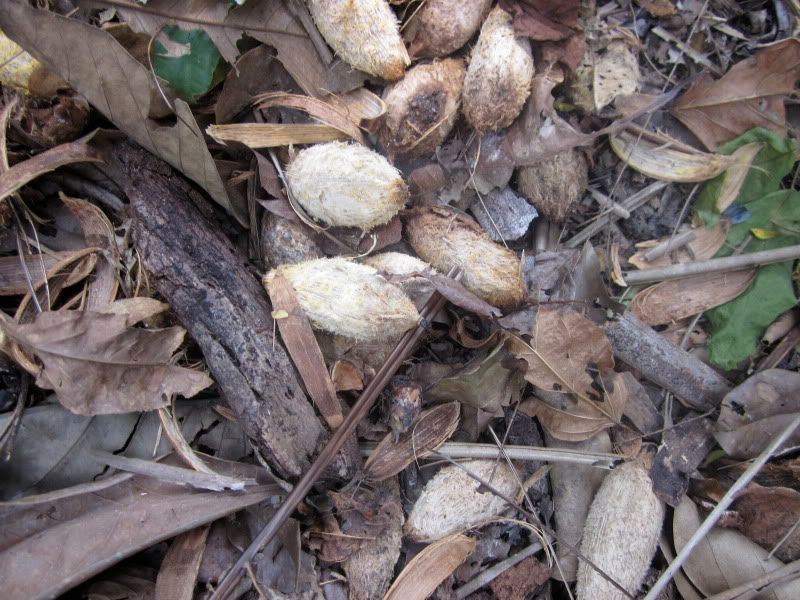
The remains of fruits eaten by jochis, large Bolivian rodents
And the seeds are useful for making an oil. Daniel recalls growing up in Bolivia, when you could buy soaps and shampoos made from motacú oils, and I think he might have mentioned candles as well.
In addition to the fruit and oil, Bolivians use the palm fronds for thatching, and they burn the flower covers for llitja, which is needed for chewing coca (see the link for an explanation).
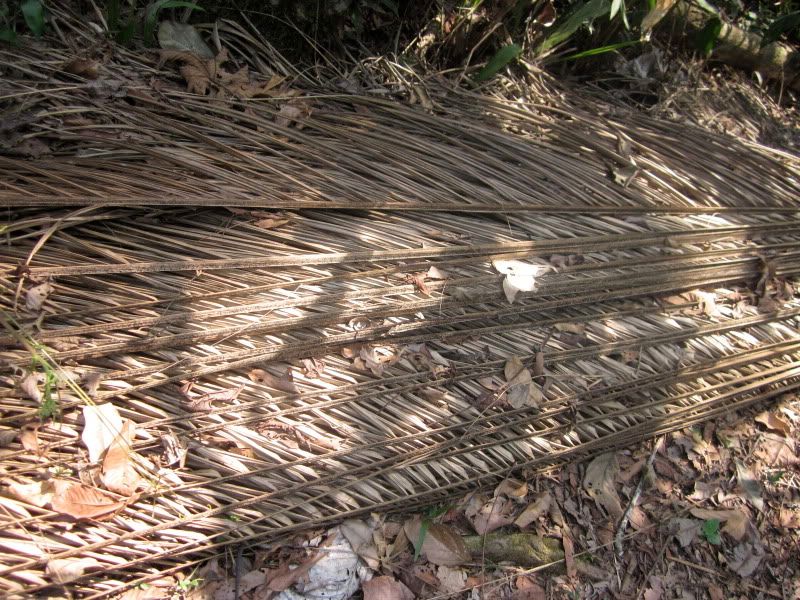
Motacu fronds that were split down the middle lengthwise to use for thatching
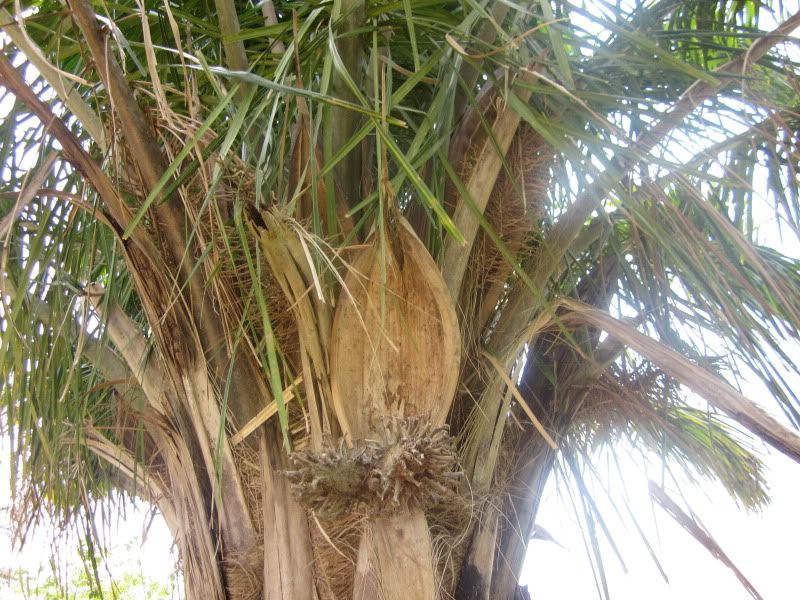
The flower and flower cover still on the tree
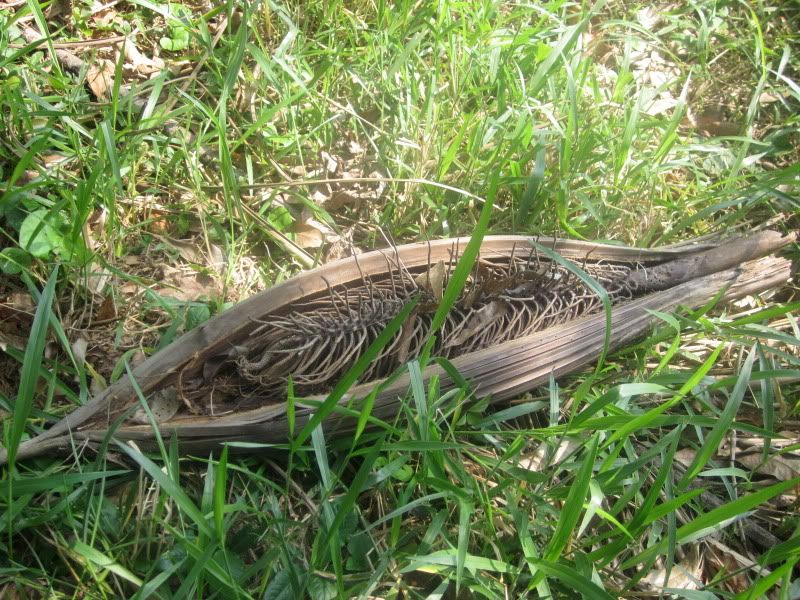
A motacú flower and flower cover
In addition to its many uses, the motacú also serves as a home to a number of epiphytes; that is, other species that live on the motacu but are not either living symbiotically or parasitically with it. Below are a few pictures of ephiphytes living on motacú palms.
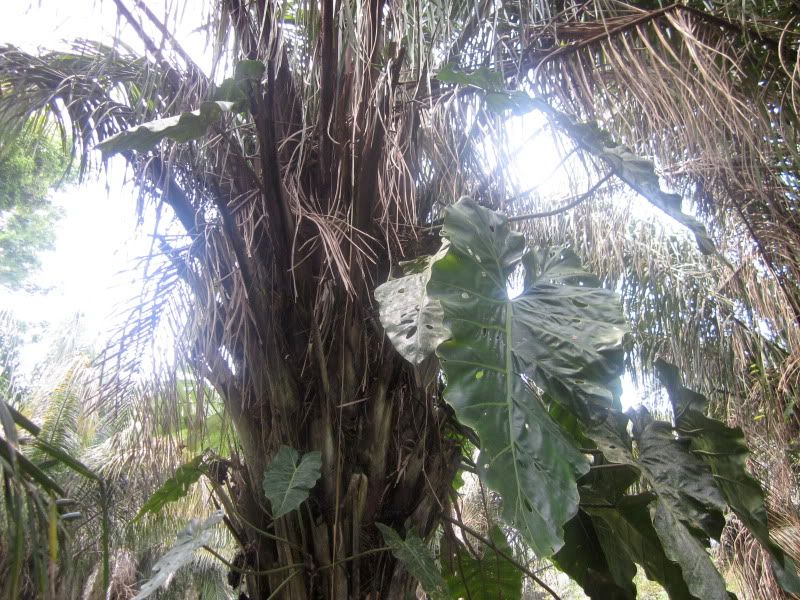
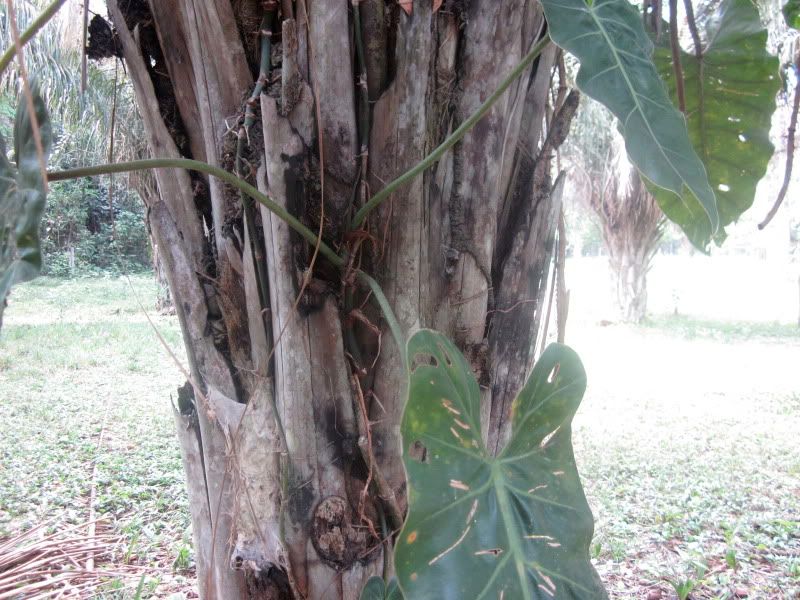

Despite the importance of the motacú to Amazonian Bolivia, I have found precious little about it on the internet. Where I have found information, I have found suggestions that the name motacú actually refers to several other species (such as the Babassu palm) or I have found suggestions of various synonyms for the name "motacú" in English, Spanish, and Portuguese, which then turn out to be names that refer to other species. And even then, there is very little about those species on the internet too.
The one solid source I seem to have found is a book called Biodiversity: a challenge for development research and policy by Wilhelm Barthlott and Matthias Winiger, which mentions the motacu on page 273 (for sale for the low low price of $135... or more). Here is part of their description:
The motacu palm is the single most important palm species in Bolivia...
Roofing made from leaves lasts for 5-7 years; the fruits are edible - and dispersed by rodents, wild pigs, cattle, and monkeys - and also can be used for oil extraction (Moraes et al. 1996). The oil of the motacu palm is used for a variety of home remedies and in the production of cosmetics. Local communities gather mature and immature fruits for oil extraction. The kernel fat content reaches 60-70% and potential oil production from natural stands is estimated to be 1.1 to 2.4 tons/ha/year (Moraes et al. 1996).
The citation here refers to "Notes on the biology and uses of the motacú palm (Attalea phalerata, Arecaceae) from Bolivia," which was published in Economic Botany in 1996 by Monica Moraes Ramirez, Finn Borchsenius, and Ulla Blicher-Mathiesen.
Lack of information about basic, important Bolivian species has been a theme since I returned home and began sorting through my notes from the trip. Bolivians possess an incredible wealth of knowledge about their natural environment and the species that surround them, and yet nearly none of it is available online. And where it is available - under scientific names, or in English, Portuguese, or even Spanish - I can rarely find online references to the terms used in Bolivia.
No comments:
Post a Comment